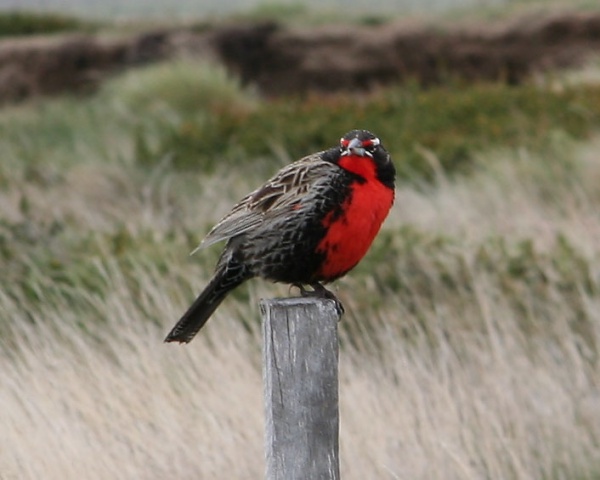Facts About Long-tailed meadowlark
The long-tailed meadowlark is a captivating bird native to southern South America and the Falkland Islands. It belongs to the *Leistes* genus in the icterid family and is closely related to the endangered Pampas meadowlark.
These birds are fairly large, measuring between 25 to 28 cm. They are easily identified by their long tails and pointed bills. Males are predominantly dark brown with blackish streaks, while females tend to be lighter in color and have distinctive red markings on their bellies.
Long-tailed meadowlarks primarily breed in Chile and Argentina, although some migrate northward during the winter. A unique subspecies, *L. loyca falklandica*, resides in the Falkland Islands.
These birds prefer open habitats such as grasslands, where they mainly feed on invertebrates. The nests, constructed by females using dry grass, are typically built on or near the ground among tall grasses. To protect their young from predators, females cleverly walk away from the nest before taking flight or approaching it.
During the breeding season, long-tailed meadowlarks lay two clutches of two to four eggs, which are bluish-white with dark blotches. The dedication of these birds to their nesting strategies and their striking appearance make them a fascinating subject for birdwatchers and nature enthusiasts alike.

 Bolivia
Bolivia